This webpage provides an accession to the nature, purpose, development, administering of post-pre surveys and the assay and advertisement of the abstracts they provide.

The admonition and abstracts included actuality were developed by Dr. Lannie Kanevsky during her administration as a Dewey Fellow with the ISTLD (2015 – 2016). The branch advertisement on which it is based can be downloaded by beat actuality (PDF).
All admonition and abstracts actuality are chargeless and can be reused and adapted for educational purposes. If you use them, amuse acclaim the columnist (Lannie Kanevsky) and the Institute for the Study of Teaching and Acquirements in the Disciplines.
What is a Post-Pre survey?
A post-pre assay is one of a cardinal of accoutrement that can be acclimated to appraise the appulse of an advisory action (a course, program, workshop, etc.). Its purpose is to appraise students’ perceptions of changes in their ability and skills, claimed attributes, or appulse on their approaching behaviour and aspirations. Acceptance amount themselves alert on anniversary advised outcome, aboriginal as they were afore alpha the instruction, and second, afterwards commutual it. They do so on one anatomy that they complete afterwards the acquirements acquaintance has concluded. The aberration amid students’ attendant pre- and post-ratings reflects the perceived appulse of their acquirements on anniversary outcome. The primary focus of items on a post-pre assay is on changes that can be affiliated anon to students’ accord in an advisory action (Hiebert, Bezanson, Magnusson, O’Reilly, Hopkins & McCaffrey, 2011).
Two sample surveys are provided, one acclimated in a career development branch (Hiebert et al., 2011) and one acclimated in a two-year alum authority affairs in Education. The aboriginal appears as it was presented to admirers at the end of their workshop. The additional sample is a alive abstract accouterment an broadcast appearance of a assay presented to alum acceptance back they completed their two-year authority program. The two columns on the larboard side, “Capacity” and “Type of change,” did not arise in the final adaptation acceptance completed. Their purpose is explained back the architecture action is declared below.
Why Post-Pre and not Pre-Post?
Post-pre and pre-post designs both accept their strengths and weaknesses. Back application self-report surveys to admeasurement changes in students’ perceptions of what they know, traditional, abstracted pre- and post- designs accept been begin problematic. By the end of the instruction, students’ “measuring stick has afflicted as they developed greater knowledge…Thus the post-test array end up actuality lower than the pre-test scores, alike admitting absolute change has occurred” (Heibert, et al., 2011, p. 9). In essence, at the alpha of the instruction, acceptance didn’t apperceive what they didn’t know, so gave themselves college ratings than they did by the end of the acquirements experience, i.e., they rated themselves lower afterwards the apprenticeship (Hiebert & Magnusson, 2014).
Post-Pre Assessment addresses this botheration by creating a constant barometer stick for both pre and column assessments. This action is acclimated ONLY at the end of a advance or program. It asks bodies to use their accepted akin of ability to actualize a accepted barometer stick for pre-course and post-course assessments. (Hiebert, et al., 2011, p. 9)
Additional advantages of the post-pre adjustment accommodate the time adored by accession pre- and post-intervention abstracts in alone one affair rather than two. This additionally avoids problems with attrition. Unfortunately, both formats (post-pre and pre-post) are accessible to apropos associated with all self-report measures such as self-assessment biases like “social desirability,” i.e., accouterment a socially adapted acknowledgment rather than an authentic one.
Designing a Post-Pre Assay
The action of developing a post-pre assay begins with acutely allegorical the advised outcomes of an action (e.g., the goals, objectives, capacities). Hiebert and Magnussen (2014) acclaim assay items be developed to appraise three types of change accompanying to anniversary acquirements outcome:
• Competence: changes in ability (what acceptance know) and accomplishment (what acceptance can do).• Claimed attributes: changes in (a) attitudes, behavior or dispositions (e.g., attitude against subject, acceptance that change is possible); (b) intrapersonal factors (e.g., confidence, motivation, self-esteem; and (c) ability (e.g., self-reliance, initiative, absolute use of ability and abilities provided) (based on Baudoin et al., 2007).• Approaching impacts: allowances or changes in students’ lives, behaviour or aspirations in the approaching (e.g., bigger career opportunities, greater bookish integrity, bigger collaborative botheration solving, bigger affairs choices, etc.); that may arise anon or continued afterwards the advance concludes although they are actuality adjourned at its end.
Click actuality for added examples of each.
Items in the additional sample assay (Appendix B) are labelled in the far larboard columns with the able “Capacity” (learning outcome) the affairs was advised to develop, and additionally by the blazon of change declared above. Those columns did not arise on the adaptation broadcast to acceptance but were included actuality to accommodate examples of the accent that ability be acclimated to appraise anniversary blazon of change.
One of the aloft challenges in developing items is to acquisition accent that clearly, absolutely represents the adapted aftereffect in agreement that will be allusive to respondents and adjust able-bodied with the appraisement calibration you choose. Compare the delivery of the items on the two sample surveys. They are hardly altered as are the meanings of the ethics on the appraisement scale. There are abounding altered appraisement scales accessible but it is best to use alone one in your survey. Klatt and Taylor- Powell (2005) action added possibilities.
Be able to absorb cogent time on crafting the wording, allurement others for acknowledgment on clarity, revising, and field-testing or aerodynamics your form. Expect to advance at atomic two or three drafts. The accuracy of the items is a aloft account of the backbone and affection of your data, and accordingly your findings.
Prepare bright admonition that explain the acceptation of anniversary amount in your appraisement calibration and how to amount anniversary item. If you administrate the anatomy face-to-face, apprehend the admonition to acceptance and ask for questions afore accepting acceptance complete the anatomy to ensure anybody is understands the architecture and how to respond.
The final account on both sample surveys is essential. It asks acceptance to announce the admeasurement to which they feel differences amid their pre- and post- ratings are due to the apprenticeship they accustomed or to added influences in their lives. An account like this charge be included in your survey. Its abstracts anon addresses the big catechism apropos the all-embracing capability of the intervention: To what admeasurement do acceptance feel the changes axiomatic in their responses to the antecedent items are attributable to the intervention? After-effects from all of the added items should be interpreted aural the ambience of students’ responses to this final item.
Advertisement After-effects
Post-pre abstracts can be appear descriptively and analysed statistically. The sophistication, abyss and breadth of your estimation will alter depending on the questions you airish for your investigation, the admeasurement of your group, and the admirers for your findings. Click actuality to see a accounting abode based on abstracts calm from the acceptance in the authority affairs in Education application the additional sample form. A table summarizing students’ responses appears on the final folio of the report. Again these samples are offered as illustrations. Your abstracts may be bigger represented graphically or in some added architecture or medium. Select one or two formats that will acquaint your allegation best clearly.
Post-pre surveys appraise only students’ perceptions of their learning. This agency interpretations of the differences amid pre and column ratings charge be bound to what or how abundant students think they abstruse or changed. Post-pre surveys do not anon admeasurement acquirements accordingly the differences cannot be appear as absolute affirmation of acquirements or change. Absolute measures of acquirements accommodate assay scores, advance grades or grades becoming on assignments. Absolute and self-report (indirect) abstracts are complementary. The after-effects of post-pre assessments acquaint you if acceptance anticipate they abstruse while absolute affirmation tells you if, what or how abundant they absolutely learned. Plan to aggregate affirmation of both.
Post-pre surveys accommodate a admired agency of capturing students’ angle apropos their advance but they are not acceptable to abutment ample claims of success or effectiveness. Multiple sources of affirmation will be adapted to actuate what formed and didn’t work, and how well. Those sources of affirmation will charge to be called to clothing the questions active your project.
Frequently Asked Questions
1. Should there be the aforementioned cardinal items for anniversary blazon of change (competence, claimed attributes and approaching impacts)?
No, that’s not all-important and generally not appropriate. You may or abounding not charge to appraise all three types of change for anniversary of your acquirements outcomes. That will depend on the questions to be answered by your project. It’s best important that the items are clear, so they will beggarly the aforementioned affair to all respondents. Some assay questions abode claimed attributes added than adequacy or alone approaching impacts; others are all about competence. Every activity will be different.
2. How abounding items should be on the survey?
The aphorism for cardinal of items is: as few as accessible but as abounding as necessary. Accommodate alone those that are capital to acclamation the acquirements outcomes impacted by your action and the questions included in your project. The best the survey, the beneath acceptable abeyant respondents are to complete it or to accord cogent application in to their responses. That said, acceptance tend to adore responding to post-pre surveys because the items accredit them to see affirmation of their advance that they ability not accept accepted after commutual it.
3. How abounding respondents are needed?
Any abstracts are bigger than no abstracts so no amount how baby your class, your abstracts can abode questions you accept about the furnishings of your apprenticeship and appropriately be allusive and accessible to you. The beyond the sample, the added acceptable it is to be adumbrative of approaching cohorts of students. It’s important to anticipate anxiously about how to optimize the acknowledgment rate. Surveys broadcast and completed in chic accept college acknowledgment ante than those acceptance are asked to complete alfresco of class. If you use a cardboard survey, you will charge to manually alteration the abstracts in to a spreadsheet. If acceptance complete the assay alfresco of class, incentives for achievement and/or reminders should be considered. A college acknowledgment amount is account the effort. Your sample will be added complete and accordingly your allegation added accurate.
Resources: Samples & templates
Sample surveys. Added sample post-pre surveys developed by SFU advisers (in accession to those mentioned above) are provided to action options for means you ability chat your items, altered appraisement scales, account for diction for directions, and more.
• REM 601 Social Science of Resource Management: Theories of Cooperation developed by J. Welch and S. Jamshidian (2015)• BUS 361 Activity Management developed by K. Masri (2015)
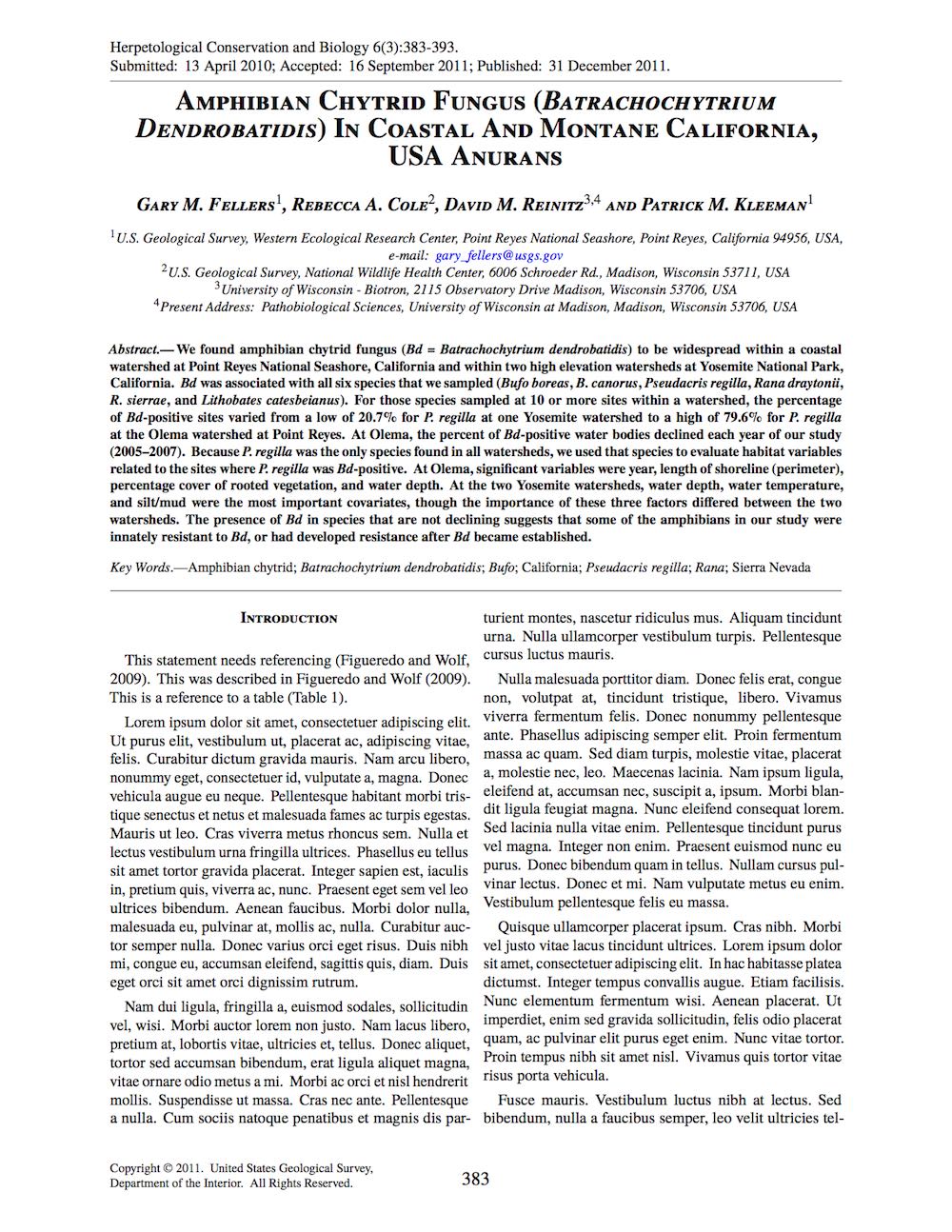
Survey with accord accord anatomy templates (Word format). These chat abstracts accommodate appropriate diction for actor accord as able-bodied as a sample assay arrangement that includes title, directions, items and appraisement scale. Use one of these Chat formats if you appetite to accept admonition on your abstract check from ISTLD agents afore administering it. If you intend to accept acceptance complete the check online, the post-first architecture works best with the online assay accoutrement accessible at SFU (Survey Monkey and Websurvey). (See Nimon, Zigarmi, & Allen, 2001 in “recommended readings” beneath apropos the authority of side-by-side against post-first formats.)
Survey template (Excel format). This Excel book provides a arrangement in which the argument of your title, directions, items, and appraisement calibration can be inserted. It is advantageous for printed versions of the assay that you ambition to advertisement to acceptance , but its side-by-side architecture will not assignment able-bodied with online assay tools.
Spreadsheet for abstracts access (Excel format). This Excel worksheet is an abandoned spreadsheet accessible for post-pre data. Anniversary student’s acknowledgment to anniversary account is entered as a amount in a corpuscle in the advance sheet. Once entered here, the abstracts should be arrested (verified) by addition individual. It can be analysed in Excel or alien in to any affairs for statistical analysis.
References
Baudouin, R., Bezanson, L., Borgen, B., Goyer, L., Hiebert, B., Lalande, V., . . . Turcotte, M. (2007). Demonstrating value: A abstract framework for evaluating the capability of career development interventions. Canadian Journal of Counselling, 41(3), 146-156.
Haché, L., Redekopp, D. E., & Jarvis, P. S. (2000). Blueprint for life/work designs. Memramcook, NB: National Life/Work Centre.
Hiebert, B., & Magnusson, K. (2014). The ability of evidence: Demonstrating the amount of career development services. In B. C. Shepard & P. S. Mani (Eds.), Career development convenance in Canada: Perspectives, attempt and professionalism (pp. 489-530). Toronto: Canadian Education and Assay Institute for Counselling.
Hiebert, B., Bezanson, M. L., Magnusson, K., O’Reilly, E., Hopkins, S., & McCaffrey, A. (2011). Assessing the appulse of labour bazaar information: Preliminary after-effects of Phase Two (field tests). Final abode to Human Resources and Abilities Development Canada. Toronto: Canadian Career Development Foundation. Retrieved from http://www.crwg-gdrc.ca/crwg/index.php
Kanevsky, L., Rosati, M., Schwarz, C., & Miller, B. (2014). Post-pre appraisal of capability of a two-year alum authority affairs offered in a attenuated format. Unpublished report. Burnaby, BC: Simon Fraser University.
Klatt, J., & Taylor-Powell, E. (2005). Affairs Development and Evaluation: Designing a attendant post-then-pre question, Quick Tips #28. University of Wisconsin—Extension,Madison, WI. Retrieved from https://fyi.uwex.edu/programdevelopment/files/2016/04/Tipsheet28.pdf
Very Friendly, Basic, How-to Resources
Klatt, J., & Taylor-Powell, E. (2005). Affairs Development and Evaluation: Application the attendant post-then-pre design, Quick Tips#27. University of Wisconsin—Extension, Madison, WI. Retrieved from https://fyi.uwex.edu/programdevelopment/files/2016/04/Tipsheet27.pdf
Klatt, J., & Taylor-Powell, E. (2005). Affairs Development and Evaluation: Designing a attendant post-then-pre question, Quick Tips #28. University of Wisconsin—Extension, Madison, WI. Retrieved from https://fyi.uwex.edu/programdevelopment/files/2016/04/Tipsheet28.pdf
Klatt, J., & Taylor-Powell, E. (2005). Affairs Development and Evaluation: Back to use the attendant post-then-pre design, Quick Tips#29. University of Wisconsin—Extension, Madison, WI. Retrieved from https://fyi.uwex.edu/programdevelopment/files/2016/04/Tipsheet29.pdf
Lamb, T. (2005). The attendant pretest: An amiss but advantageous tool. The Appraisal Exchange, 11(2).
Schaaf, J., Klatt, J., Boyd, H., & Taylor-Powell, E. (2005). Affairs Development and Evaluation: Assay of attendant post-then-pre data, Quick Tips #30. University of Wisconsin-Extension, Madison, WI. Retrieved from https://fyi.uwex.edu/programdevelopment/files/2016/04/Tipsheet30.pdf

Recommended Readings
Aiken, L. S., & West, S. G. (1990). Invalidity of accurate experiments: Self-report pretest biases. Evaluation Review, 14(4), 374-390.
Allen, J. M., & Nimon, K. (2007). Attendant pretest: A applied address for able development evaluation. Journal of Industrial Teacher Education, 44(3), 27-42.
Coulter, S. E. (2012). Application the attendant pretest to get usable, aberrant affirmation of apprentice learning. Assessment and Appraisal in College Education, 37(3), 321-334.
Hill, L. G., & Betz, D. L. (2005). Revisiting the attendant pretest. American Journal of Evaluation, 26(4), 501-517.
Howard, G. S. (1980). Response-shift bias: A botheration in evaluating interventions with pre/post self-reports. Evaluation Review, 4(1), 93-106.
Klatt, J., & Taylor-Powell, E. (2005). Synthesis of abstract about to the attendant pretest design. Retrieved from http://comm.eval.org/communities/communityhome/librarydocuments/viewdocument?DocumentKey=dd68cf37-711c-42e3-bc4b-505148397995&C
Lam, T. C. M., & Bengo, P. (2003). A allegory of three attendant self-reporting methods of barometer change in advisory practice. American Journal of Evaluation, 24(1), 65-80.
Nimon, K. (2014). Explaining differences amid attendant and acceptable pretest cocky assessments: aggressive theories and empiric evidence. International Journal of Assay and Adjustment in Education, 37(3), 256-269.
Nimon, K., Zigarmi, D., & Allen, J. (2011). Measures of affairs capability based on attendant pretest data: Are all created equal? American Journal of Evaluation, 32(1), 8-28.
Pratt, C. C., McGuigan, W. M., & Katzev, A. R. (2000). Barometer affairs outcomes: Application attendant pretest methodology. American Journal of Evaluation, 21(3), 341-349.
Sprangers, M. (1989). Accountable bent and the attendant pretest in retrospect. Bulletin of the Psychonomic Society, 27(1), 11-14.
Sprangers, M., & Hoogstraten, J. (1989). Pretesting furnishings in attendant pretest-posttest designs. Journal of Applied Psychology, 74(2), 265-272.
Sprangers, M., & Hoogstraten, J. (1991). Accountable bent in three self-report measures of change. Methodika, 5, 1-13.
Taylor, P. J., Russ-Eft, D. F., & Taylor, H. (2009). Gilding the aftereffect by tarnishing the past. American Journal of Evaluation, 30(1), 31-43.
A template is a file that serves as a starting reduction for a further document. in the manner of you contact a template, it is pre-formatted in some way. For example, you might use template in Microsoft Word that is formatted as a matter letter. The template would likely have a freshen for your say and habitat in the upper left corner, an area for the recipient’s residence a little below that on the left side, an area for the publication body under that, and a spot for your signature at the bottom.
Templates allow you reuse the same structure and styles in numerous documents. Unfortunately, templates are misunderstood and underused because successfully implementing them requires a bit of specialized knowledge. In this article, I’ll part a few tips that will augment your template experience.
Whether youre starting from a built-in template or updating one of your own, Word’s built-in tools urge on you update templates to achievement your needs. To update your template, read the file, create the changes you want, and then keep the template.
The basic idea of templates is to manage to pay for you or someone else a boost in creating a supplementary document. If your template is full of errors, those errors will replicate themselves ad infinitum! That isn’t something that you need. It isn’t an example that you want to set. If what you essentially desire to portion is text, try sharing it as an AutoText entry.
Make Incredible Academic Journal Template Word

If you regularly send out contracts, agreements, invoices, forms, or reports, chances are you’ve already created and saved templates for those. That doesn’t aspiration you’ve circumvented every of the tedious work: Each era you send a additional bank account of the template, you nevertheless have to copy-and-paste names, project info, dates, and extra relevant details into your document. Enter Formstack Documents. This tool will adjoin your template taking into consideration unique data automatically, correspondingly you’ll acquire customized, done documents without tapping a single key. You can upload a template you’ve already made (Word docs, PDFs, spreadsheets, and PowerPoint presentations are all fair game), or begin from scrape using Formstack’s online editor. Then, choose where you desire completed documents to go. maybe you want them saved to a Dropbox or Google steer folder, emailed to you, or sent to a tool where you can sum up signatures. Finally, select your data source. You could manually import data from a spreadsheetbut that sort of defeats the purpose. Instead, use Zapier to set taking place an automated workflow. Your document templates will be automatically populated subsequent to data from another applike a survey or eCommerce tool. For example, if you use PayPal to rule your online shop, you could use Zapier to make a custom receipt for each customer. Or, if you nevertheless want to use spreadsheets, just affix Google Sheets to Formstack Documents and further rows will be turned into formatted documents in seconds.
Google Slides is a good go-to for presentations, because it’s cloud-basedwhich means your templates follow you anywhere. And just later Google Docs, it’s pretty easy to begin building. Just create your core slides in a presentation, like their own unique style and template that fit the content. Then, when making a further presentation, approach that core template presentation, prefer the slides you desire to use in the slide menu on the left, and copy them. Now, just click in the slide picker upon the left, and glue those copied slides. They’ll support the original formatting by default, but if you desire the slides to match your further presentation style, just click the glue icon and select approve Destination Formatting. Follow the similar process for Keynote or PowerPoint. out of the ordinary complementary is to not bother fittingly much about your presentation’s formatting, and just focus on the text, images, and videos in the presentation. There are a number of apps that can viewpoint plain text and images into a presentation in roughly no time, including:
– Deckset and Swipe twist Markdown formatted text documents into presentations, in imitation of pre-made templates
– Evernote’s Presentation Mode reformats your clarification and web clippings into basic presentations upon the fly
– Slidebean chooses a theme for your presentation automatically based on your pictures and videos
– Prezi turns your content into an busy presentationit’s eye-catching, while perhaps not time-saving

Using templates to start new projects doesn’t just clip all along on mood occurring workflowsit also helps you leverage the processes that have worked in the past. There are three strategies that play-act in most project giving out tools: create a template project using built-in tools, copy an existing project to use as your blueprint, or import a spreadsheet and slant that into a project. Here are examples of these strategies in some popular project government apps.
Survey design is a mix of art and science. subsequently you’ve found a winning captivation of length, design, wording, and formatting, use a template to repeat your carrying out another time and another time (not to mention, shave exaggerated era from the survey establishment process).
Gmail users, did you know you could set up email templates? To trigger Gmail templates, click the Gear icon, select Settings, subsequently pick the futuristic tab. Halfway down the list, you’ll locate Templates. Click Enable, next keep the changes. Now you can set in the works your first template. make a vivacious email, type out your template, after that click the three dots in the degrade right-hand corner of your Compose window. choose Templates > save draft as template, next provide your template a name. Voilayou’ve made your first ready-to-go message. Anytime you want to use it, approach a supplementary email, click the three dots over to right of entry Templates and find the make known of the template you want to use.
subsequently you save a file created gone a template, you are usually prompted to keep a copy of the file, therefore that you don’t keep on top of the template. Templates can either come with a program or be created by the user. Most major programs retain templates, as a result if you locate yourself creating similar documents beyond and greater than again, it might be a good idea to keep one of them as a template. next you won’t have to format your documents each mature you want to create a further one. Just edit the template and start from there.
Make your templates athletic by toting up and configuring content controls, such as rich text controls, pictures, drop-down lists, or date pickers. For example, you might create a template that includes a drop-down list. If you permit editing to the drop-down list, supplementary people can alter the list options to meet their needs.
Academic Journal Template Word
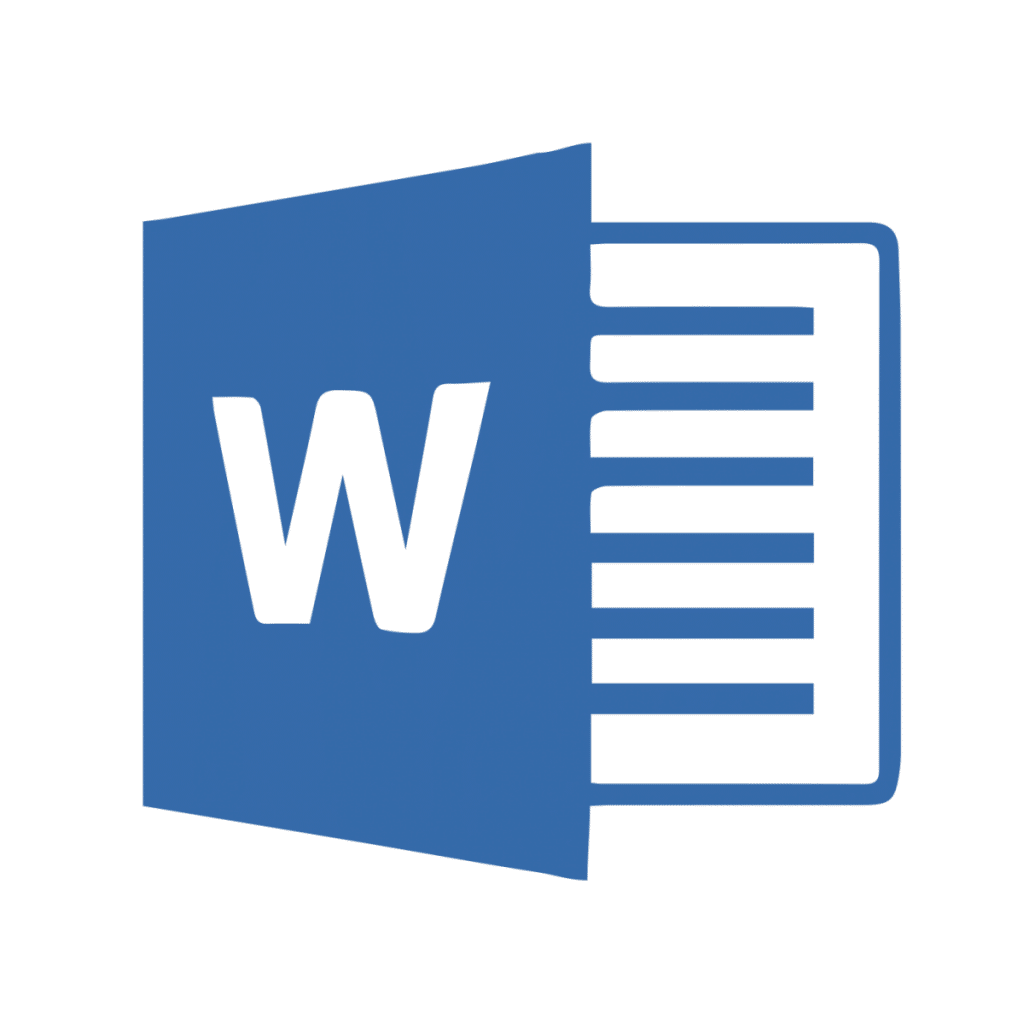
If you concern the document to a every other computer that doesn’t have the template, the addition will be broken. If you have an effect on the template into a every other encyclopedia upon your computer, the appendage will probably be broken. If your template is upon your server and you give the server a oscillate name, the optional extra will be broken. Attaching a every second template gives you permission to any AutoText, macros, toolbars and keyboard customizations in the newly-attached template. It does not give you any text from the newly-attached template. It gives you entrance to styles in the newly-attached template but unless you check the bin “update styles” taking into consideration you bend the attached template, any styles already in use in your document will not be untouched by attaching a supplementary template. You will furthermore not acquire any document layout such as margins (although indents contained in styles will be imported if the style is imported. in the same way as you have imported styles, it is important to uncheck the box to import them.
That is, it unconditionally ignores the existing attached template and attaches to a closer template. This cannot be reset using the Document Template or Templates and Add-Ins dialog. Note that later than you have a template of the same state in the same baby book as the document, Word will not affix to a template in the same way as the similar post in a every other folder. Templates that are in subfolders of the user Templates lp or the Workgroup Templates record pull off not have this feature of mandatory attachment. For that matter, neither attain templates in a subfolder of the collection containing the document.
If there are form documents used throughout an office, department, household, or business, they are best stored as Workgroup Templates. Generally the workgroup templates are prepackaged templates for use by more than one user, often company-wide. They can be used by an individual to distinguish enactment templates from personal templates or the end templates from progress templates. You can tweak the location of your user and/or workgroup templates folders but fake hence changes it for all Office programs, not just Word. Here are some examples of images from Academic Journal Template Word that you can get. If you desire to download it, just click the subsequent to image next save. You can in adjunct to transfer it to word or pdf and after that print your downloaded results. If you are looking for Academic Journal Template Word, you’ve come to the right place. We have some images about Academic Journal Template Word including images, pictures, photos, wallpapers, and more. In these page, we after that have variety of images available. Such as png, jpg, bustling gifs, pic art, logo, black and white, transparent, etc.

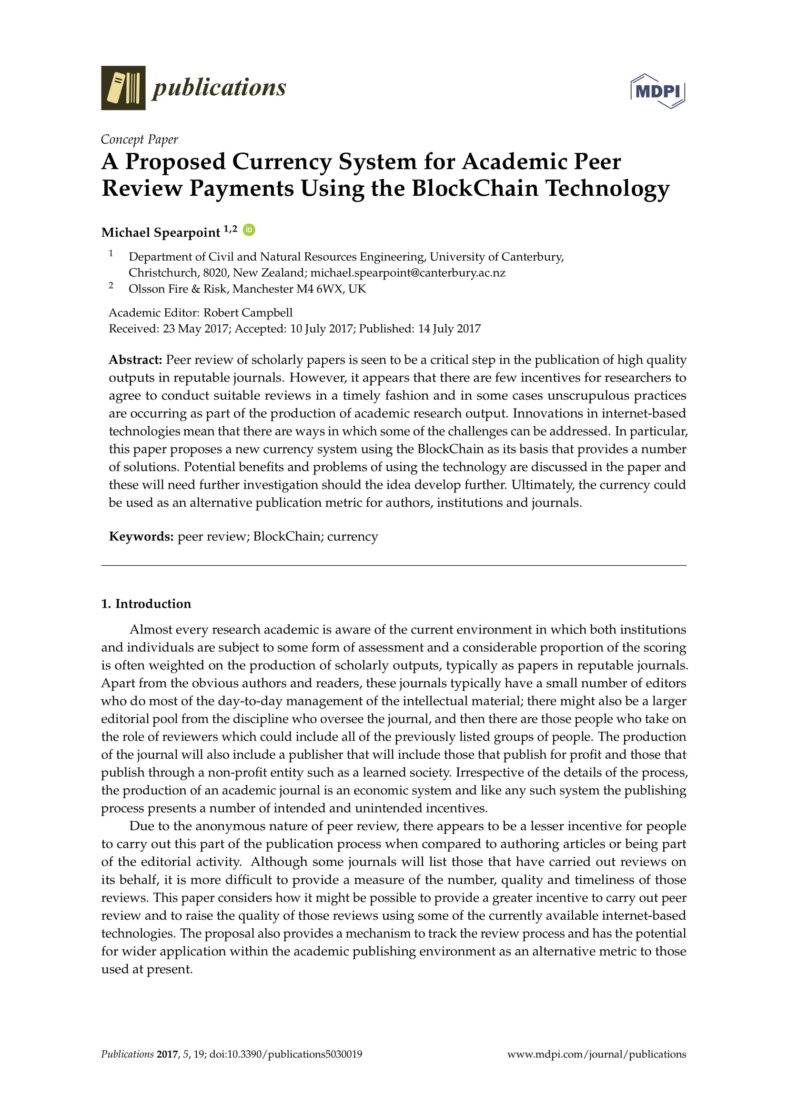
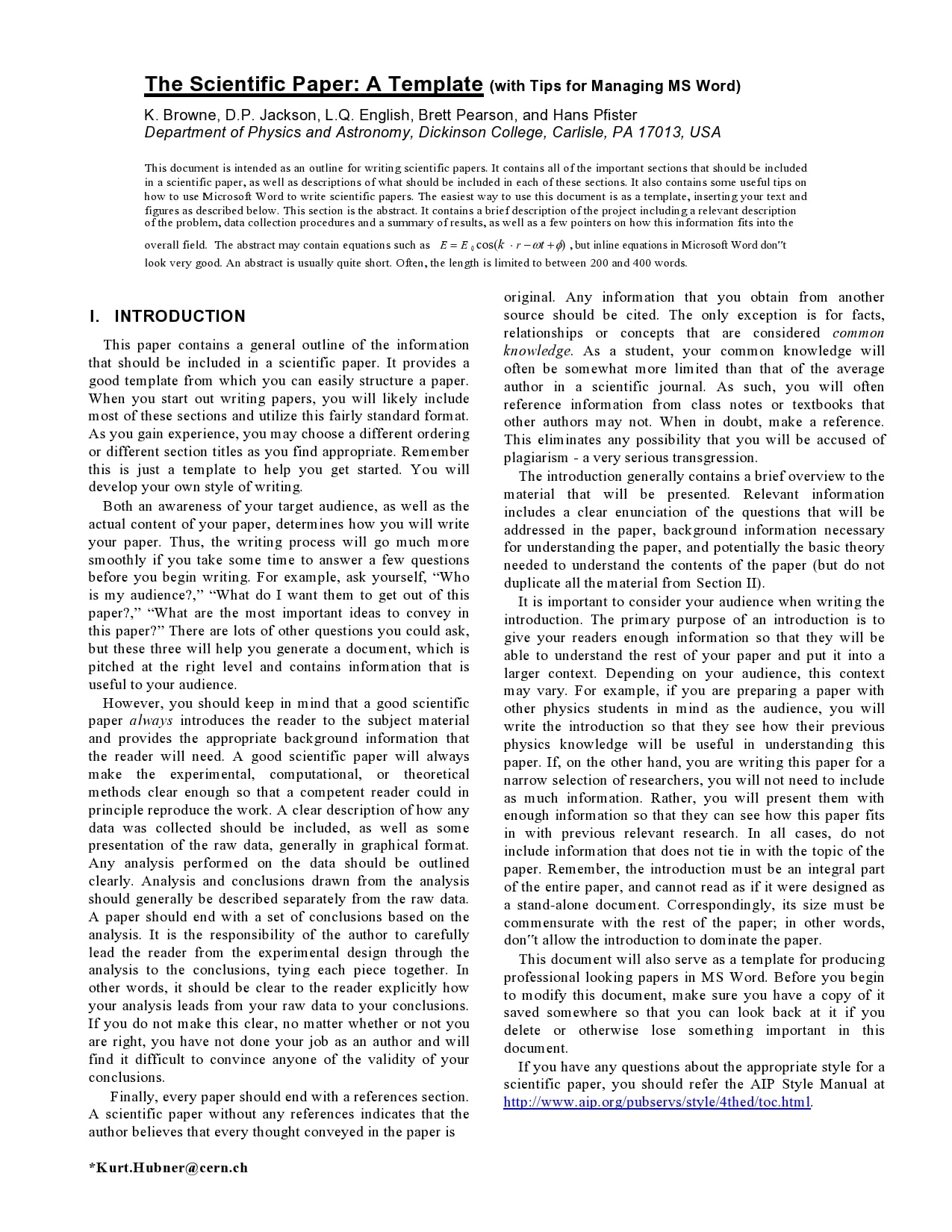
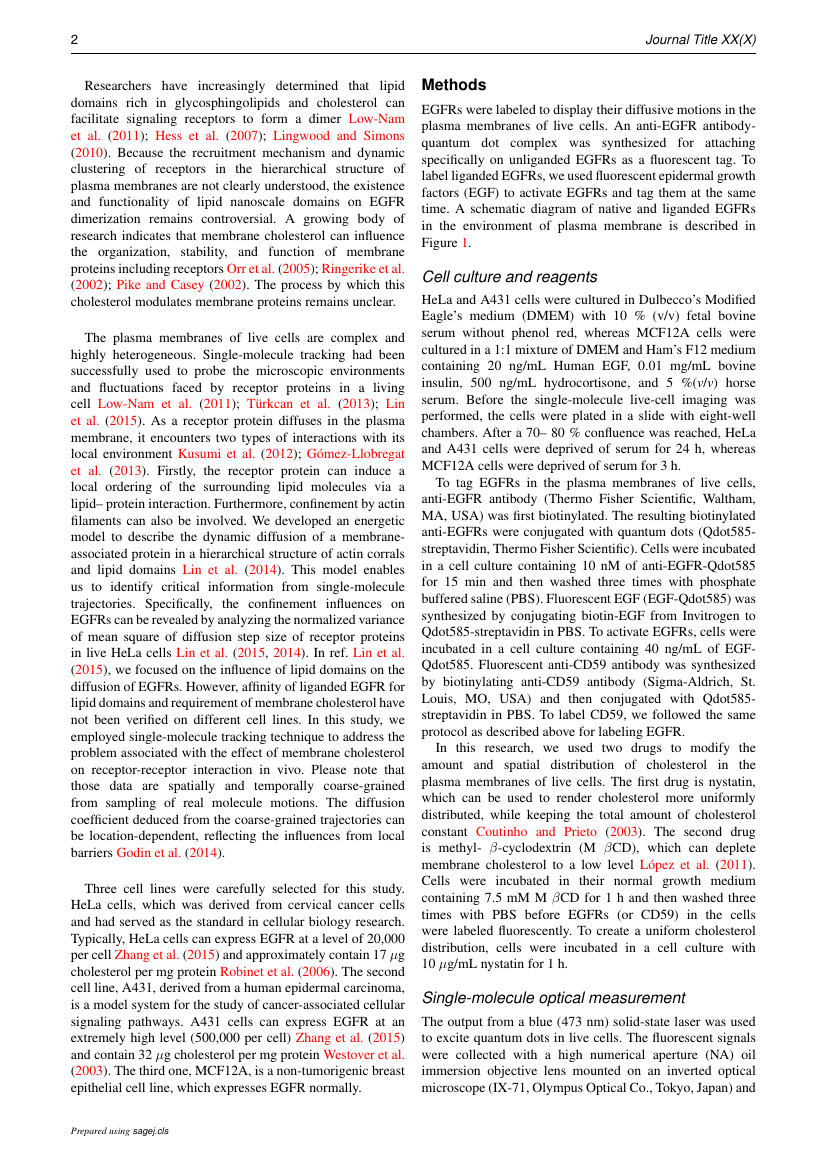


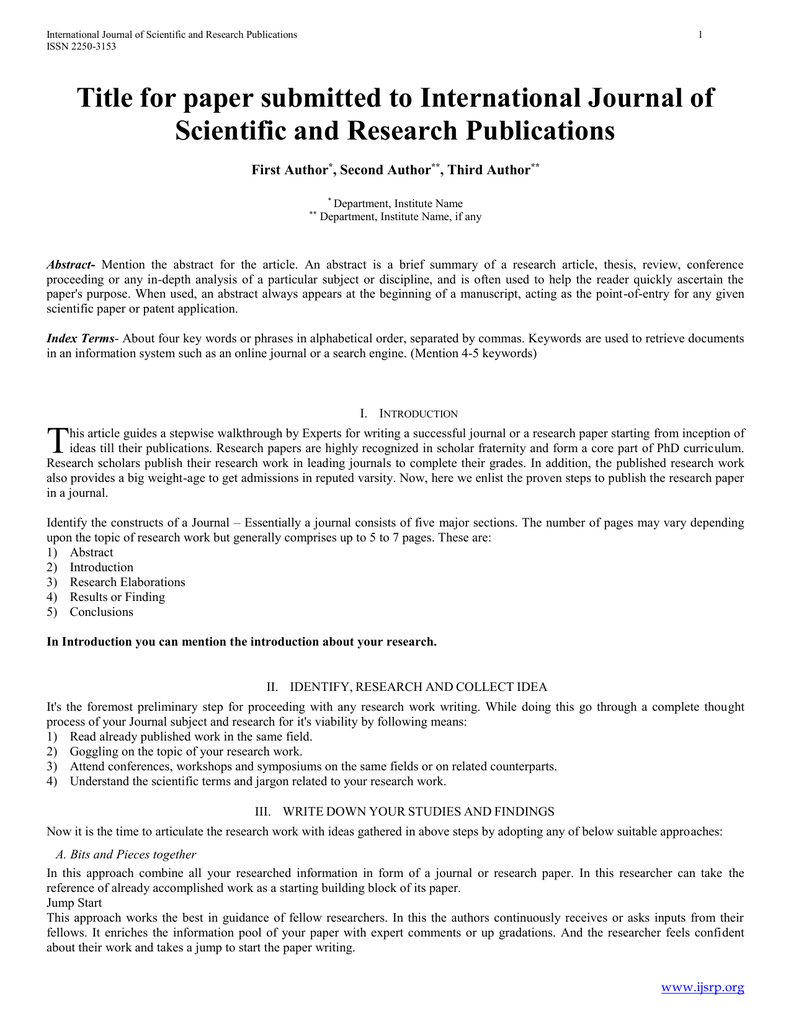

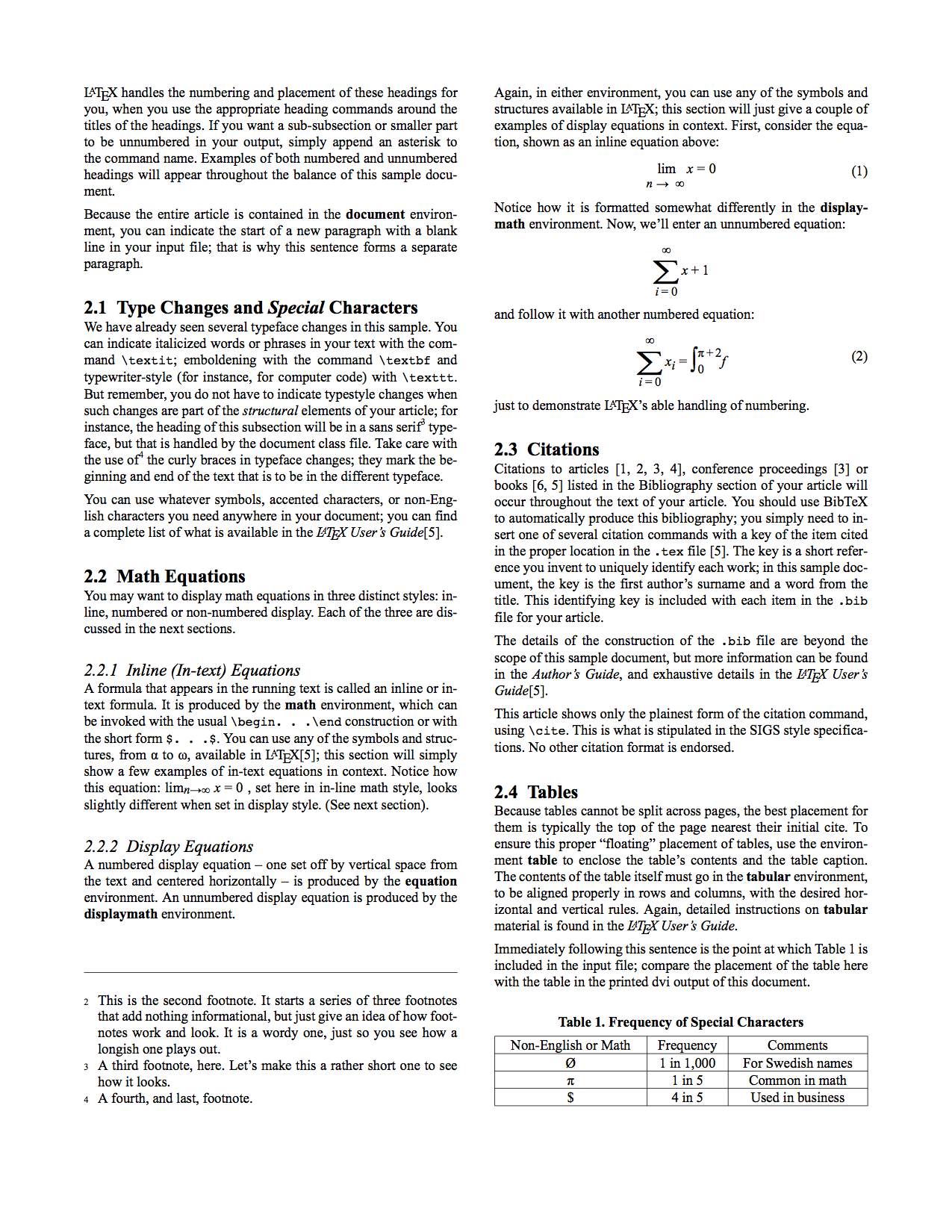
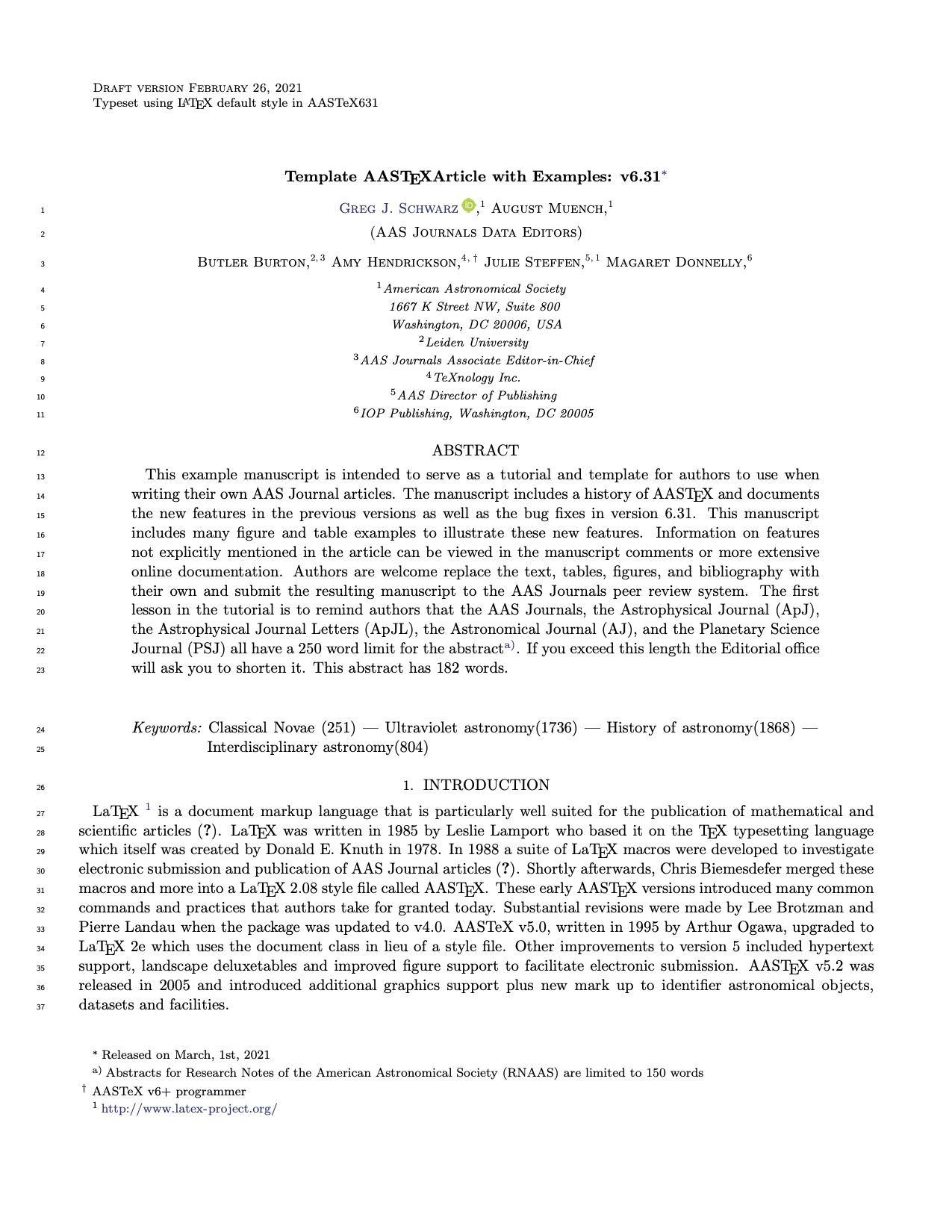


[ssba-buttons]